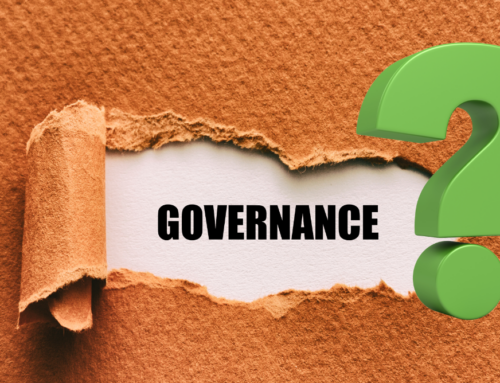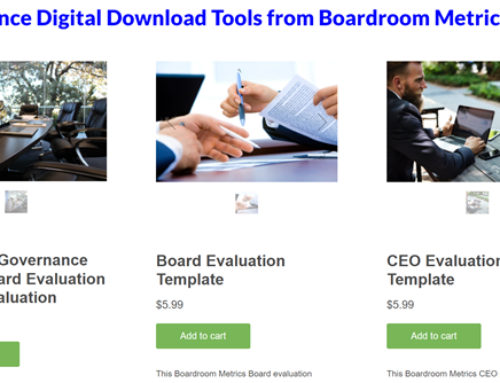Boards of Directors must increasingly manage their oversight of Human Capital.
CEO succession planning is a critical Board responsibility. Yet in today’s climate, Board’s seem powerless in dealing with this responsibility. At Tim Horton’s and Bank of America the CEO’s announced they were leaving and the Board was unable to advise or reassure the public with a CEO announcement.
US SEC has recognized the importance of succession planning especially since it can adversely affect a company. Now, succession planning is a policy issue that the Board must proactively address.
However, it appears that there has been limited improvement in a Board’s succession planning ability. In 2006 the National Association of Corporate Directors found that many Boards rate their ability to handle CEO change as ineffective. And in a 2011 study by the Institute of Corporate Directors, they found that only a few organizations have succession plans in place for the CEO and other top executives.
Why is succession planning so easy to talk about yet so difficult to execute?
Succession planning is not a few names on a piece of paper that is reviewed a couple of times a year. It involves a process. The succession planning process is part of an organization’s culture spearheaded by the CEO and senior leadership team. Really this should not be another task put on the already busy and over extended managers but a process that is integrated into business reviews by management. Through business reviews and planning, managers and leaders must be held accountable to develop and grow their staff skills and capability.
Boards need to look at their senior leadership team as more than business leaders. They need to see them as talent leaders who have the responsibility to identify, develop, and challenge the talent of their staff to ensure the company has a strong talent pool to meet the current and future business needs.
Today’s Board of Directors must increase oversight responsibilities by asking new questions of themselves and the CEO. Questions such as:
- What new skills and competencies do we require in our CEO and Senior Leadership Team to execute our strategies?
- What opportunities and coaching must the Board and CEO provide to the future company leaders?
- What new skills and competencies do we require for the Board?
- Is it better to develop or hire our future leaders?
The Board needs to provide oversight leadership to the CEO so that the succession planning process can be defined and the essential information fed back to the board in a timely fashion.
This will enable the Board to become knowledgeable about the strengths, limitations, and performance of the company’s future leaders. The Board and management must be accountable and responsible for the company’s succession planning being tied to the company’s performance. Companies that adopt this new approach to succession planning will increase the communication between managers and employees. Ultimately they will demonstrate through action to employees that their performance results are important. A pleasant surprise is the improved business performance because employees are more engaged and motivated.
In today’s world where the tenure of CEO’s is getting shorter and the business is more challenging, Boards of Directors must become more active in a company’s succession planning at three key levels: CEO; Senior Leadership Team; and critical positions and roles that are valuable to the company. Just having succession plans to deal with the unforeseen situations is no longer enough.







Leave A Comment